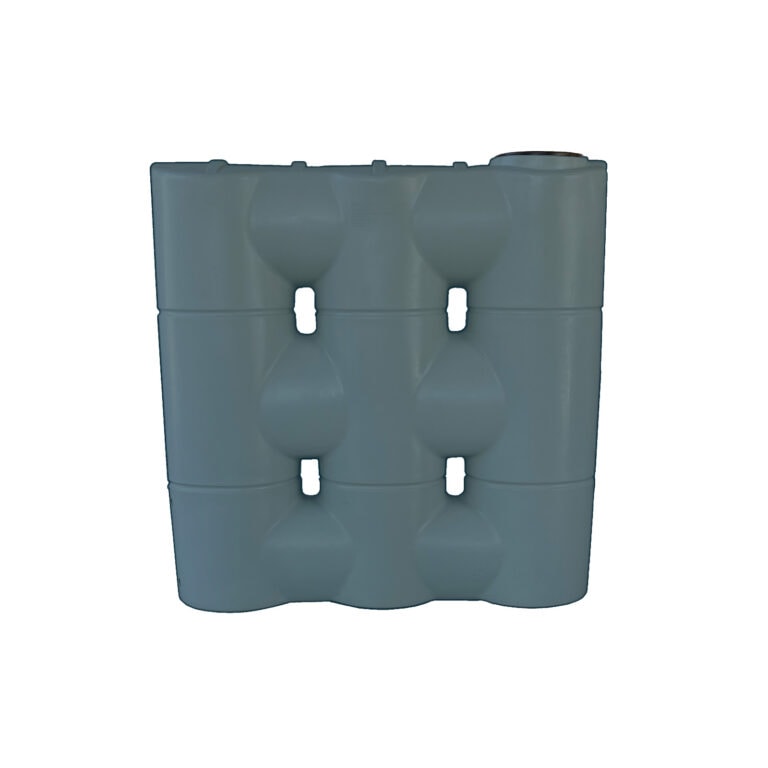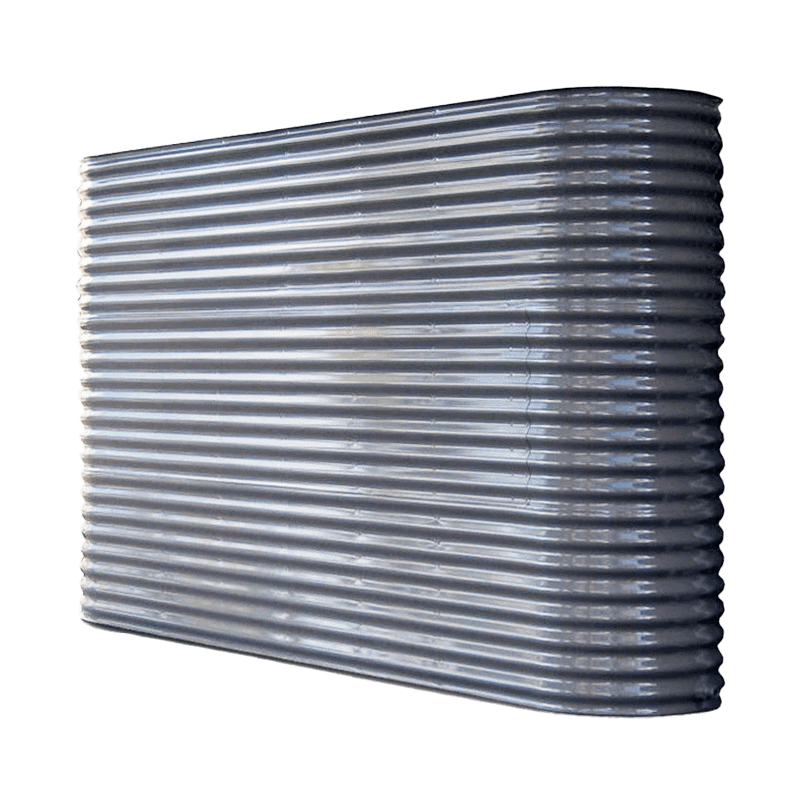Dependable Slimline Water Tanks: Optimize Your Water Storage Space Capacity
Dependable Slimline Water Tanks: Optimize Your Water Storage Space Capacity
Blog Article
Exploring the Different Usages of Rainwater Containers for Residential and Commercial Characteristics
As the worldwide emphasis on sustainable living methods proceeds to increase, the use of rain tanks in both property and commercial setups has emerged as a pertinent service. The complex usages of rain containers offer a compelling instance for their adoption, not only as a practical water-saving procedure but also as a testament to responsible source management.
Benefits of Utilizing Rain Storage Tanks
Using rain containers uses numerous benefits for both homes and communities in terms of water conservation and sustainability. Among the crucial advantages of utilizing rain storage tanks is the significant decrease in dependence on mains water system - Slimline water tanks. By capturing and storing rainwater for later usage, individuals and neighborhoods can lower their demand for treated water, eventually reducing the concern on water treatment facilities and reducing power usage connected with water transport and treatment
In addition, rain collecting with containers provides a trustworthy alternate water resource during times of water restrictions or scarcities. This kept rain can be utilized for various non-potable functions such as watering, flushing commodes, and washing garments, lowering the stress on conventional water sources. Furthermore, making use of rainwater tanks can bring about set you back savings for both houses and areas by reducing water costs and lowering the requirement for costly infrastructure developments to fulfill expanding water demands.
Essentially, the use of rain tanks offers a lasting and environmentally friendly method to water monitoring, profiting both specific users and the more comprehensive area in terms of water conservation, cost-efficiency, and strength.
Rain Storage Tank Usage in Watering
Provided the advantages of rain containers in saving water sources and minimizing dependence on keys water supply, a substantial application depends on utilizing stored rainwater for irrigation objectives - Slimline water tanks. Rain gathering systems can effectively accumulate and save rainwater, providing a sustainable water resource for watering yards, lawns, and farming areas. By utilizing rain for watering, homeowner can reduce their dependancy on cured water sources, causing cost financial savings and environmental advantages

One of the primary advantages of using rainwater for watering is its purity. Rain is naturally soft and totally free from the chemicals and additives often found in keys water, making it optimal for nourishing plants without the risk of damaging impacts. Additionally, rainwater is at ambient temperature, which can benefit plant development by avoiding temperature level shocks that can occur with chilly mains water.
Rain Storage Tanks for Bathroom Flushing

Executing find out this here rainwater tanks for bathroom flushing is an economical and ecologically pleasant technique that can be conveniently incorporated right into both property and business residential properties. The saved rainwater can be made use of to purge bathrooms by linking the container to the existing plumbing system. This easy yet effective option can significantly reduce water usage in a structure, particularly in areas where water scarcity is a concern.

Integrating Rain Storage Tanks in Landscape Design
A reliable approach for boosting sustainability in landscape design entails integrating rain tanks to maximize water usage and advertise environmentally friendly methods - Slimline water tanks. Integrating rain storage tanks in landscape design offers numerous benefits for both household and commercial buildings. These containers can capture and save rain drainage from roofs, which can after that be made use of for sprinkling yards, yards, and plants. By utilizing rain for watering functions, property owners can decrease their reliance on municipal water sources, causing set you back savings and preservation of valuable water resources.
In enhancement to offering a sustainable water source for landscape design needs, rain containers can likewise aid in handling stormwater runoff. By capturing rainwater that would otherwise stream right into storm drains pipes, these containers can alleviate erosion, minimize flooding dangers, and avoid contamination of natural water bodies. Incorporating rain tanks in landscaping can add to the general aesthetic appeal of the property, showcasing a commitment to ecological stewardship.
Commercial Applications of Rainwater Storage Tanks
Utilizing rainwater storage tanks in commercial setups supplies a lasting remedy for water management and conservation, benefiting services and the environment alike. One vital business use is for watering functions, where collected rain can be utilized to water landscape design, gardens, and farming areas bordering business properties.
Additionally, rainwater storage tanks can be incorporated into the fire reductions systems of industrial structures. By having a committed water resource for firefighting purposes, organizations can boost their fire precaution and possibly lower insurance coverage costs. Additionally, rain collected in storage tanks can be dealt with and made use of for non-potable objectives within business residential properties, such as flushing toilets, cleansing, and cooling down systems. This not just conserves fresh water sources yet also lowers operating expense for businesses. Overall, the unification of rain storage tanks in industrial settings presents a practical and environmentally responsible approach to water monitoring.
Conclusion
From irrigation to bathroom flushing and landscaping, the use of rainwater storage tanks can help conserve water resources and decrease water expenses. On the whole, the flexibility and his comment is here sustainability of rain storage tanks make them a valuable financial investment for any type of residential or commercial property proprietor looking to enhance water performance.
Report this page